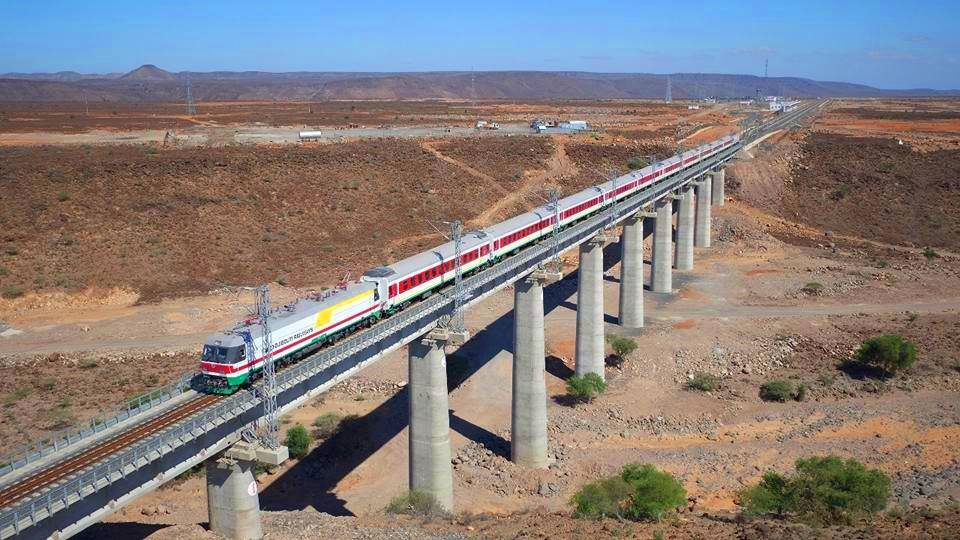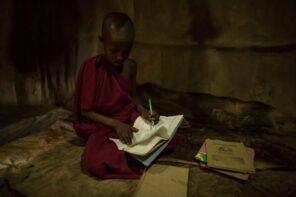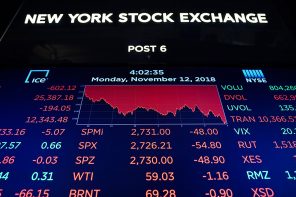Imagine a country’s capital with no paved roads, but dirt paths surrounded by farmlands. Its inhabitants suffer from rampant power cuts throughout the day and use landmarks instead of actual addresses. Welcome to Addis Abada, the capital of Ethiopia. Well, Addis Abada before the year 2000. Fast forward to today, the Ethiopian capital not only has smoothly paved roads throughout the city, but also an $86 million ring road and the country’s first six-lane highway. Additionally, it has a metro system, an airport, industrial parks, and a railway that connects the landlocked city to coastal Djibouti. Where did this modernity, and perhaps more importantly an investment of 5 billion USD, come from? It arrived in the form of Chinese investors and workers at the turn of 21st century.
Africa has become a crucial region in Chinese president Xi Jinping’s trillion-dollar Belt and Road initiative, which began spreading across Eurasia and Africa in 2013. Since the 2000s, China has created more than 3,000 infrastructure projects in Africa and loaned more than 130 billion USD to the continent. Recently in early September, president Xi hosted the triennial Forum on China-Africa Cooperation in Beijing, where he promised African leaders a package of financial aid, loans, and investments totaling 60 billion USD. Reaction from the West? Threatened.
Since the 2000s, China has created more than 3,000 infrastructure projects in Africa and loaned more than 130 billion USD to the continent.
As benevolent or powerful as they may seem, the World Bank and the International Monetary Fund (IMF) have neither the money nor the will to counter Xi’s offer. It has been nine years since China’s economic influence in Africa surpassed that of the United States, France, and India, but the Africa-China trade continues growing at approximately 20% annually. It is thus no wonder that Western leaders highly doubt Xi’s pledge of “no strings attached” to African economy and politics, and yet, their suspicions might not be founded on sheer pride.
With Africa owing 130 billion USD to China collectively, it would be nonsensical to ignore the latter’s sway over the former: Many Africans now drive on Chinese roads, ride the metro and trains built by Chinese firms, and work at industrial parks owned by approximately 10,000 Chinese enterprises. Less than half of infrastructure firms hired by Chinese investors were African, while the same applies to managers hired by Chinese companies operating in Africa. On the other hand, Chinese ships arrive with labour, capital, and domestic goods, before returning home with the continent’s wealth of natural resources – steel, oil, and gold – ready to be sold to state-owned manufacturers.
Even though 40% of low-income African countries suffer debt crises, China is not yet their greatest creditor, a position still held by the Paris Club. Nevertheless, the nation has taken that mantle in countries such as Djibouti, who owes 77% of its national debt to China, and Zambia, who owes 6.4 billion USD. Together with six other countries, their external debt skyrocketed from half to 85% of GDP in two years.
Hillary Clinton labeled this new wave of Chinese loans as “new colonialism”, and historians noted its ominous resemblance to the Scramble for Africa in the 19th century – when European powers ran out of territories to conquer and decided to partition Africa. However, according to the China-Africa Research Initiative from Johns Hopkins University, it is evident that China has done anything but carved up the continent like Britain and France more than a century ago. Western news media such as CBS collectively reported Chinese investors purchasing 1% of all African farmland, but the real amount is 0.04% with many of these “land grabs” being joint ventures with local farmers. Regarding China’s “predatory” lending practices, the massive loans contribute mostly to closing the African gap in power generation and transportation. Finally, when Western news stations complain about the low pay of African workers, would they have preferred that these Africans not work at all?
Unfortunately, the uncertainty of these African countries’ ability to generate enough economic activities to repay China still glooms over the continent, but to be realistic, how could any country resist the temptation of billion-dollar loans with reduced interest rates and long periods of repayment? More importantly, these economic interactions represent a new economic partnership that could be mutually beneficial to both China and Africa. The continent sees its economic partner as a model to follow – one that transformed from a ravaged country filled with illiterate, poor farmers to the second largest economy in the world within decades. One should not doubt the great potential of a new era in Sino-African cooperation, although it would be a grave mistake to disregard China’s looming ambitions and lack of transparency.








